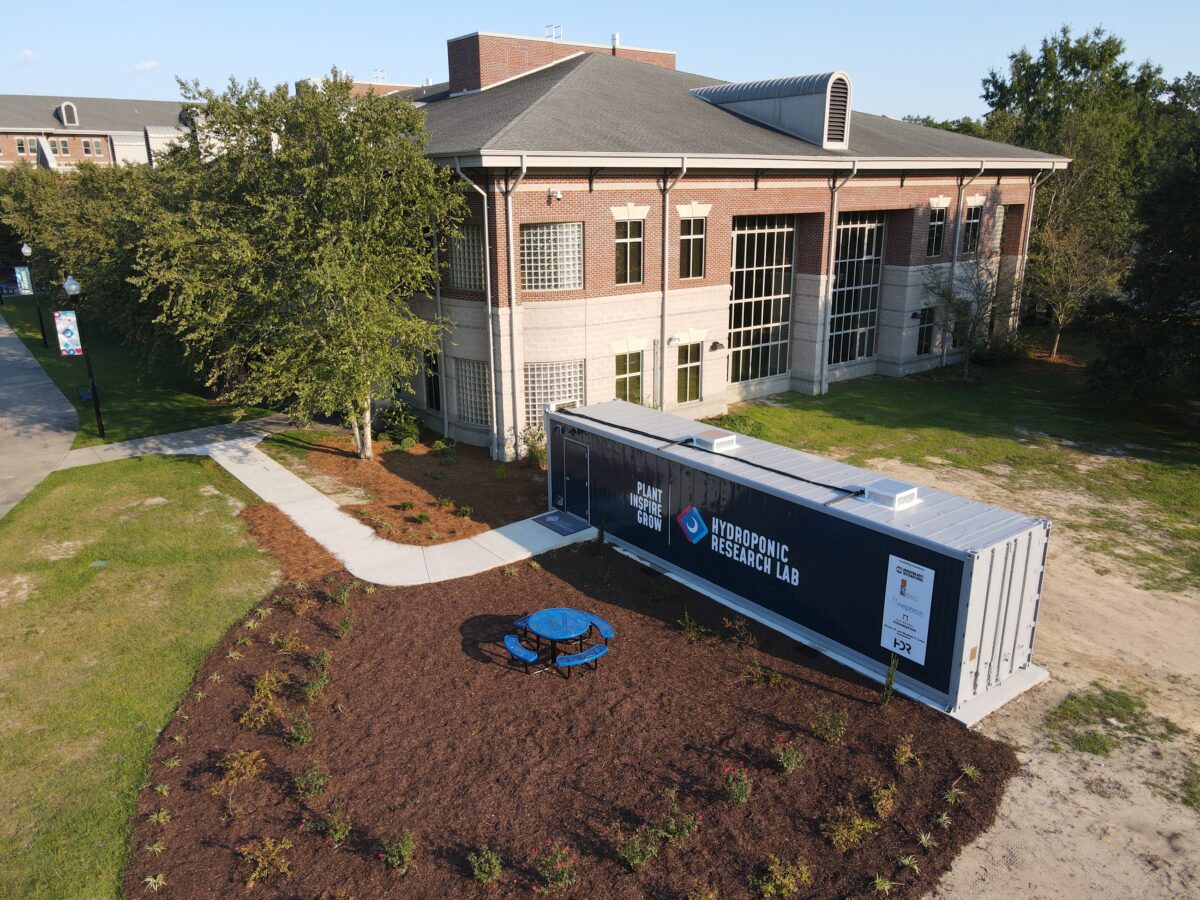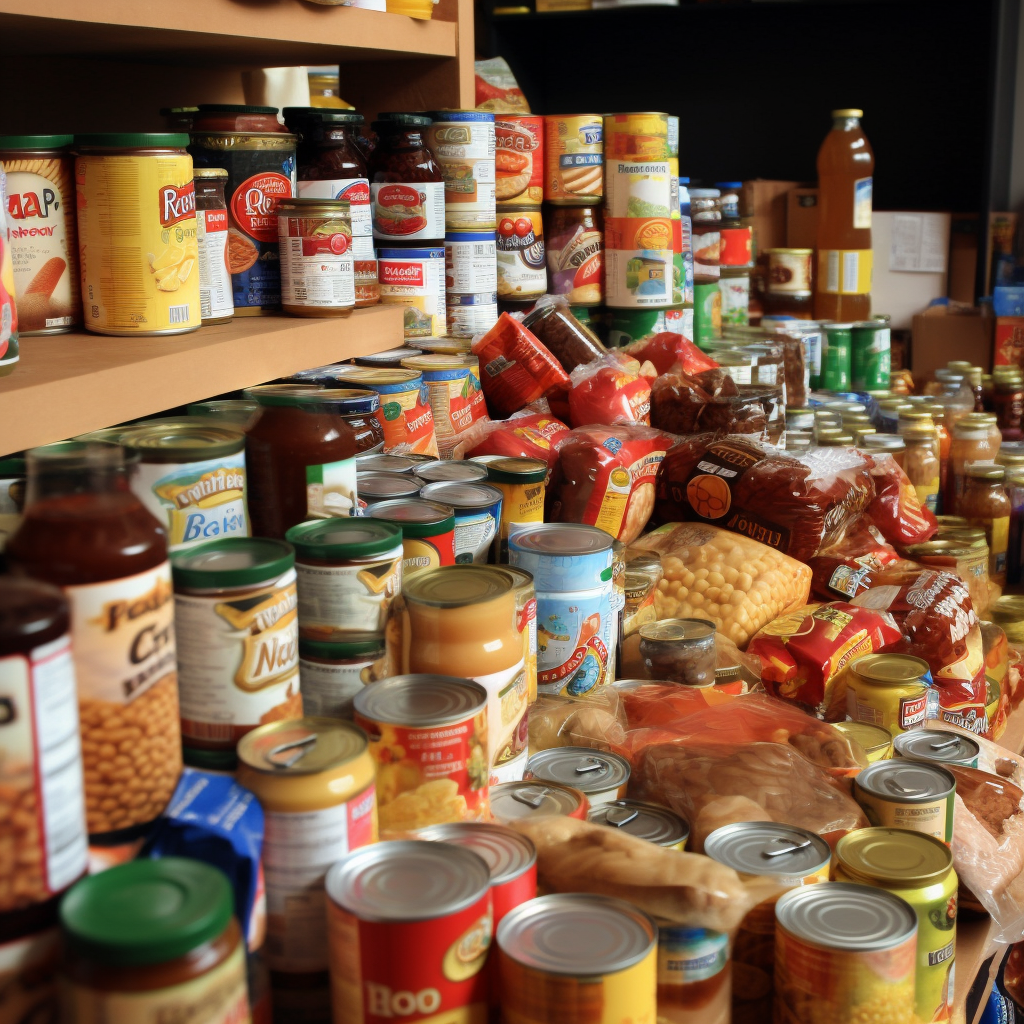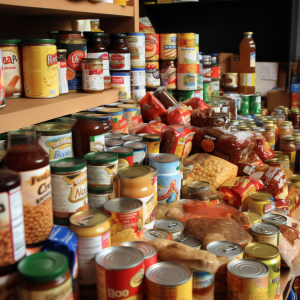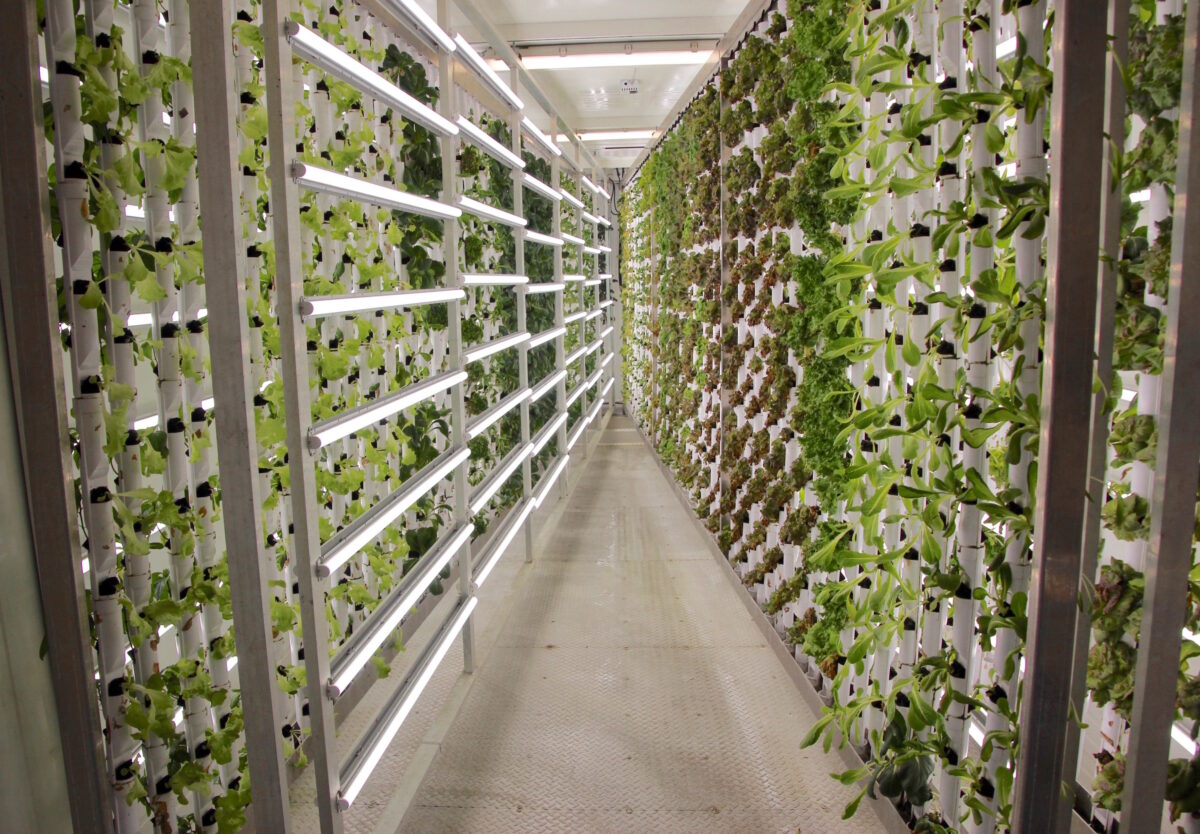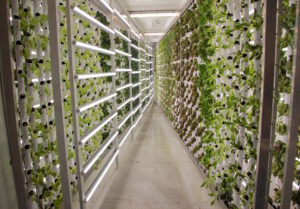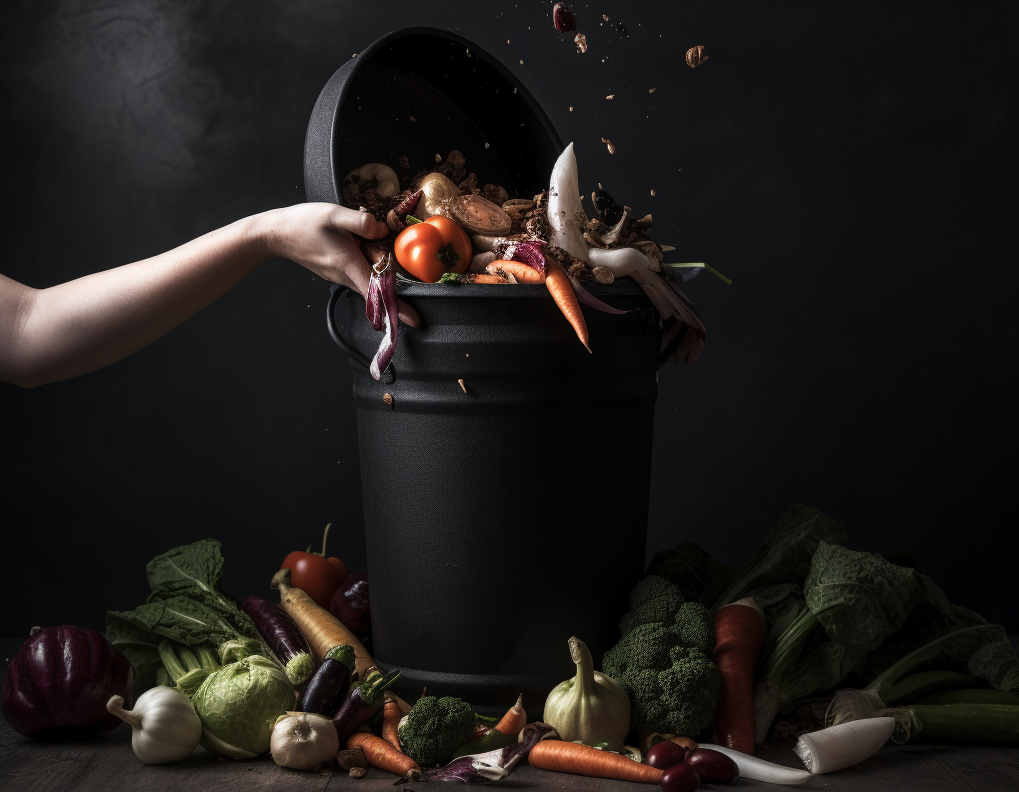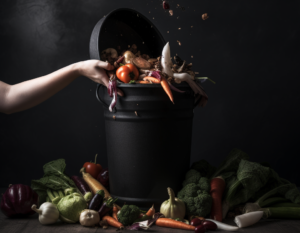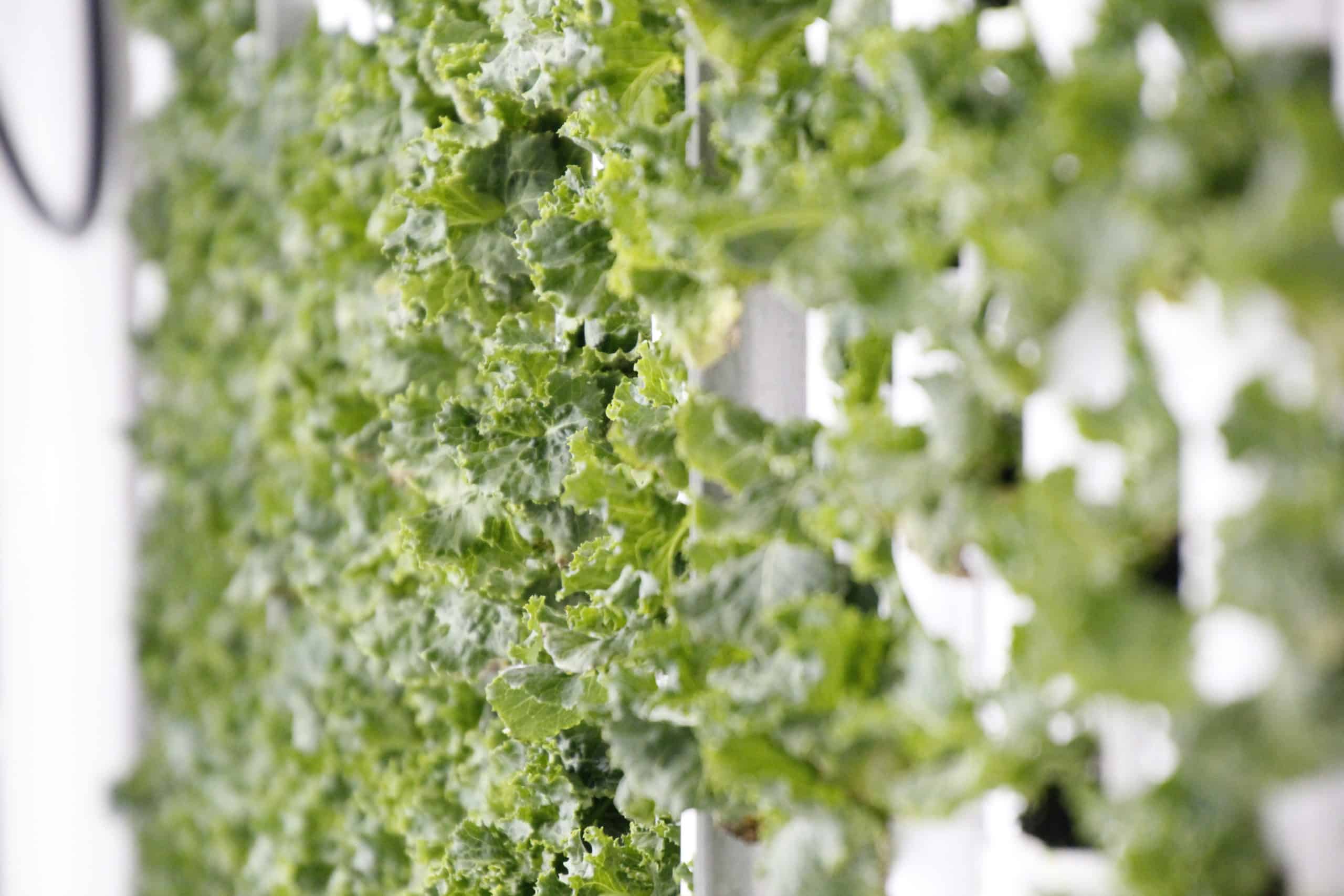There are countless ways in which today’s tech can help mitigate long-standing challenges related to food access, food waste and environmental impacts associated with our food supply chain.
Long-distance food supply chains present significant environmental considerations. Transporting food over great distances, especially by air, results in high greenhouse gas emissions, with air freight producing up to ten times more CO₂ than sea or land transport. Additionally, the intensive farming practices needed to meet global demand often strain natural resources such as land, water and energy. While the concept of “food miles” sometimes oversimplifies the environmental impact by focusing only on transportation distance, it remains clear that long-haul shipping contributes substantially to climate change. But in this day and age, innovations in food production make it possible to farm within a few miles of the consumer.
Operational vulnerabilities are another major downside of extended food supply chains. These complex networks are susceptible to disruptions caused by geopolitical conflicts, natural disasters or pandemics, which can sever supply links and lead to shortages. The reliance on lean inventory systems and limited refrigeration capacity further exacerbates these risks during crises. Moreover, the complexity of multi-tier supply chains makes traceability difficult, delaying responses to contamination or safety issues and increasing the risk to consumers. 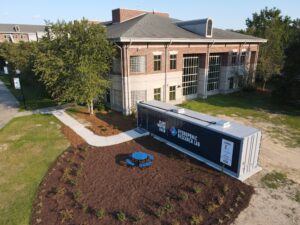
Food quality and safety also suffer in long-distance supply chains. Extended transit times and inconsistent temperature control increase the likelihood of microbial contamination, such as Salmonella or E. coli outbreaks. Perishable goods, even when refrigerated, often experience a decline in freshness and nutritional value during prolonged transport, which can reduce consumer satisfaction and increase food waste.
Economic and social challenges arise from the dominance of large retailers in global supply chains. These powerful entities often prioritize cost reduction over sustainability, creating power imbalances that disadvantage smaller suppliers. These long supply chains also tend to obscure unethical practices, including forced labor or poor working conditions in upstream production stages. The pressure to standardize products for global markets also diminishes regional food diversity and undermines traditional artisanal food practices.
That being said, implementing sustainability measures within long-distance food supply chains presents some barriers. Smallholder farmers and lower-tier suppliers often lack the resources, knowledge or incentives to adopt eco-friendly practices such as crop rotation or composting. Infrastructure gaps and limited coordinated investment in sustainable technologies further hinder progress. These challenges highlight the difficulty of balancing the benefits of global food access with the need for resilient, ethical and environmentally responsible supply networks.

